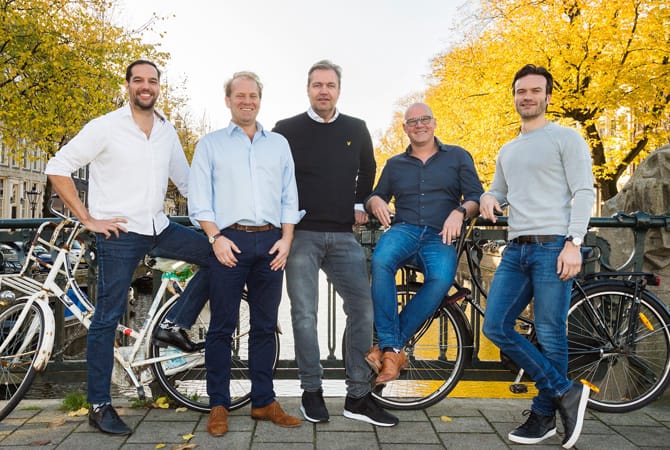Less than 10% of the globe is covered by IoT-ready connectivity, with existing networks (such as WIFI and LPWAN) favouring urban areas and wealthier countries, whilst traditional satellites that provide wider coverage are expensive and power hungry. For these reasons, many IoT applications and services are not currently economically viable — for example, monitoring soil moisture to improve production efficiency and crop quality in the third world countries that rely on farming the most. Hiber is launching into the orbit to change that.
Once fully operational, the nano-satellite will fly over earth’s poles 16 times a day and the equator twice a day, providing our planet with IoT-connectivity. Using a process that is up to 20 times cheaper than existing global solutions, it works by transferring data from modems and antennas owned by customers directly to the micro-satellites. Data packets are then sent back to earth via the two existing satellite stations in Spitsbergen in Norway and Delft in the Netherlands.
The network will be commercially operational from Q1 2019, serving more than 25 pilot customers. Hiber estimates there is a potential £3.5B opportunity for growth as potential IoT projects falter due to a lack of connectivity. One of Hiber’s pilot customers, the British Antarctic Survey, will be using the network to transmit data from remote measurement stations currently lacking satellite communications. The ability to stream data from the stations will result in more frequent information gathering at a lower cost and the strain on the environment will be reduced as visits are lessened.
